More photos from this trip: https://www.flickr.com/photos/jack_1962/albums/72157675925522735
Blog in Polish/blog po polsku: http://ontario-nature-polish.blogspot.ca/2016/10/playa-ancon-kubatydzien-w-hotelu-ancon.html
In January, 2010 we had
gone to Cuba and spent one week at the Costa Sur Hotel. During that trip, we
had visited the lovely city of Trinidad, traveled by an ancient steam train
to Valle de los Ingenios (Valley of the Sugar Mills), taken a day-long trip to Topes
de Collantes (Collantes’
Highs) in the Escambray Mountains
range and spent half a day wandering in the village of La Boca. We had enjoyed
the trip so much that we decided to come back one day. Indeed, six years later
we were embarking on our second trip to that area—and eleventh to Cuba.
On January 10, 2016 we
arrived at Pearson Airport in Toronto. Because it was a Hola Sun vacation
package, we had to pick up tourist cards from the Hola Sun representative at
the airport (otherwise we were getting them on the plane). While waiting for
our Cubana flight, Catherine noticed a rather ominous black-painted Airbus 320
on the tarmac.
“Perhaps
it was used to transport important guests to a funeral of a prominent
individual”, I said jokingly.
To our surprise, soon
WE were boarding this very plane (hopefully not flying to any bereavement services)!
As I found out later, this particular aircraft (LY-COM) was 21 years old and
leased by Cubana from Avion Express—probably Cubana got an extra discount for
accepting this kind of a rather uncommon and unappealing color, analogously to
car dealers offering discounts for cars painted with gloomy and unpopular
colors!
Since Cubana allowed
two check-in pieces of luggage, 23 kg each and one 10 kg carry-on (yes, 56 kg
or 123 lb. altogether), at least this time we did not have to worry about our
bags being overweight! The flight departed on time; we were served quite good
food, enjoyed sitting in the first row behind the first class (which cost $150
more) and chatted with an interesting gentleman married to a Cuban woman, the
age difference between them being 51 years. As we were approaching Cienfuegos,
I could clearly see from the plane’s window Bahia de Cienfuegos, Punta Gorda
and even the Hotel Jagua, where we had stayed in January, 2012! At 7:56 p.m.,
after a 3 hour and 39 minute flight, we landed in Cienfuegos. Since we were never
given the custom declaration forms on the plane, everybody was frantically
trying to fill them out after clearing the immigration and security. While
waiting for our luggage to appear on the carousel, I was able to briefly play
with a very friendly and frisky customs dog that was eagerly running around and
diligently sniffling at tourists’ baggage. I also wanted to exchange money at
the airport, but there were a bunch of people around the exchange window and I
decided to pass—luckily, we did bring some pesos with us.
The bus was already
waiting for us and as Catherine was taking care of our luggage, I took care of
something much more important—namely, walked to the nearby kiosk/restaurant and
purchased 3 cans of cold beer (Bucanero)
for 1 CUC each—well, first things first! Next to the bus was a police cruiser
(a Russian Lada) with a young cop inside and I managed to have a simple
conversation with him. He was quite surprised when I told him that in Ontario
it was illegal to drink beer on the bus or just in any public places, as I was
doing while talking to him.
“You
see”, I said, “in this respect Cuba has much more freedom than Canada”.
The bus ride to the
hotel took 90 minutes and we engaged in conversation with a very nice and
interesting 75+ gentleman from Pennsylvania, who had been regularly coming to
Cuba (through Toronto) since 1995, totally disregarding any US regulations
against such trips by Americans. During our stay at the hotel we often chatted
with him.
We arrived at the hotel
at 10:30 p.m. and we were thrilled to have gotten a 3rd floor room,
in the separate, superior ocean-view section—we had selected that section
mainly thanks to TripAdvisor’s recommendations.
When a porter showed up
to carry our 5 pieces of luggage to the room, Catherine, without looking at the
slip she had just acquired from the reception, told him confidently that our
room number was ‘312’.
“Are
you sure it was room 312?” I asked her.
“Yes,
I am sure”, she replied.
Somehow I had a hunch
that it would be a good idea to verify this information.
“Let’s
take a look at that piece of paper”, I insisted.
She pulled out the
voucher… and it clearly said, ‘room 8312’.
“Well,
I was close enough, just off by one digit”, she said frankly. After all, for
Catherine it was such a minor mistake…
The hotel employee
carried the bigger luggage pieces upstairs and we tipped him $5.00 Canadian (as
we did not have too many pesos); he was visibly displeased with the amount of
the tip. Yeah, many Cubans working in the tourist industry had become spoiled,
believing that they deserved tips which in no way were commensurate with the
level of services they performed.
Incidentally, when we
were sipping cappuccino or Spanish coffee at the outdoor patio outside the
lobby, we could actually see room 312 and I was always laughing that we almost
ended up there!
HOTEL
The main hotel building
was very similar to the Hotel Tropicoco near Havana (Playa Este), where we had
stayed in 2009. Made of concrete, the hotel was built by the Soviets in the
1980s (according to the inscription, the Grand Opening took place on October
15, 1986) and in one word, it was ugly. The saving grace was that it did allow
a view of the ocean from the walkways as it was perched on leg-type supports,
as well as it had a very nice beach and of course, was close to the charming
town of Trinidad.
Incidentally, one Cuban
man told us that there were plans to demolish the Hotel Ancon within the next
several years and build a golf course. I do not know if it is true, but considering
its totally obsolete, antiquated and dreadful Soviet architecture, I would not
be surprised at all if one day the hotel was gone. It would be sad, however, if
the next door neighbor, the Brisas, were torn down too.
The superior, ocean
view section (where we stayed) was built about 17 years ago and was much nicer
than the original part of the hotel. There was a swimming pool, but it was
closed (not that we were ever planning to use it) and probably had not seen
water for several months; obviously, the swim-up bar was closed too ;). There
were two bars near the entertainment area, one served quite good sandwiches,
hamburgers and French fries and the other one offered various drinks, including
cold beer—bring a big mug! Another two bars were in the lobby area; we often
used the one close to the patio, which was open in the evening and served
excellent cappuccino and Spanish coffee. On the lower level (below the lobby)
were two stores (tiendas) selling
alcohol, clothes, postcards, souvenirs and the like. There were also other
vendors, offering carvings, arts and crafts, postcards, books and the like. A
family of cats wandered around on the hotel’s property and some were quite nice
and tame; twice they followed us to our room and stayed with us for a while.
There was also a
massage service at the very end of the lower level in a separate room off the
‘gym’, by appointment only. Catherine had a 1 hour booking for 15 CUC which she
sad was pretty good. In addition, there was a wine restaurant, you could pay extra
and reserve a meal & wine tasting for the evening. We never saw anyone in
it.
A FUNNY THING HAPPENED
ON THE WAY TO THE BANK…
Besides, there was a bank
in the hotel, which was very convenient. I successfully exchanged money there
in the beginning of our stay. Regrettably, my second attempt turned out to be a
total fiasco. On Saturday around 9:00 a.m., before breakfast, I went downstairs
to the bank to exchange money, but it was closed. I asked the sales lady in the
nearby tienda if she knew when the
bank would be open; she said it was closed on Saturday, but the reception
upstairs (in the hotel lobby) could exchange money.
Thus I went to the
reception, only to be informed by the receptionist(s) that it was impossible to
exchange money there; instead, she suggested that I try going to a bank in
Trinidad (!). As I always endeavor to double check everything (especially in
Cuba), a few minutes later I asked the public relations lady (whose desk was
next to the reception window) about the bank downstairs. Lo and behold,
according to her, the bank would be, after all, open today, but around noon,
since the exchange rate had not arrived from Havana yet and sometimes it did
not come until noon.
Around 11:00 a.m. I
went to the bank and it was still closed; I was hanging around it for next 30
minutes, but to no avail. So, I again asked at the hotel reception when it
would open—this time I was told that the bank employee was on lunch. For another
30 minutes I kept checking whether or not she was back, yet the bank’s door was
closed shut.
Finally, for the second
time I asked the tienda sales lady if
she knew when the bank employee would be back from her lunch.
“The
bank is closed on Saturday”, she repeated.
“It’s
not what I was told in the hotel reception”, I said. “The bank employee is
supposedly having her lunch”.
She looked at me
incredulously and briskly called the reception; after a brief conversation she
told me to go there to change my money. Indeed, the reception employee (the
same I had spoken to in the morning) was expecting me and without further ado
exchanged my $100 Canadian into 68 CUCs (albeit a few days ago I had received
70 CUCs at the bank downstairs).
This whole episode left
a rather bitter taste in my mouth—after all, for several hours of my precious
vacation time I was chasing after a non-existent employee!
BEACH
The beach was nice and
sandy, there were loungers and palapas,
but it was quite difficult to get a lounge chair—unless you ‘reserved’ it early
in the morning by placing something on it. To be exact, it was Catherine who
religiously took care of this issue early in the morning, at 7:00 a.m. The
first morning she put 2 old worn towels on 2 chairs at 7:00 am, only to return
a few hours later and find a couple occupying the chairs and no towels to be
seen. She politely asked the British couple if they had seen the towels and
they pointed to beside the chairs. They had apparently blown off. Soon after
Catherine had clothes pins and weighted bags to secure her lounger. She later
realized she should have asked the couple if they were staying at the Ancon—she
was positive they were not and she would have asked them to vacate as we ended
up with a very poor area to sit in that first day. In fact, we could not even
sit together. Later we noticed that some people occupying lounge chairs did not
have any wrist bands—many tourists from town (i.e., Trinidad) arrived every day
by bus to enjoy ‘la playa Ancon’ and
perhaps some of them simply used hotel beach loungers. It was a pity that
security guards did not make sure that lounges were used by paying hotel guests
only! Moreover, adding more chairs/loungers would be an even better solution.
One day a group of
French speaking tourists from Quebec were conducting a very animated and loud
conversation which lasted for a long time; I was sure they could be heard by
half of the sunbathers on the beach! During our stay a wedding between a
Canadian gentleman from Quebec and a Cuban girl took place at the hotel. It was
fun to watch although they took over the beach bar and entertainment stage for
most of the afternoon/evening.
We always stayed on the
beach directly in front of our hotel and could see our loungers from the
balcony. The beach was quite long and it was possible to walk along it towards
the east for several kilometers. Catherine went for such strolls every morning;
she ran into Cubans asking her for clothes and she eventually did give them
some. She promised one less aggressive older man she would come through when
she was leaving. He never bothered her during her walks as did some of the
women who would have you strip down on the beach.
There was a bar in the
east section of the beach, but it did not belong to the hotel and you had to
pay for whatever it was selling—it was apparently catering to the tourists and
Cubans coming from Trinidad to the beach for the day.
OUR ROOM #8312
The room was located in
the ‘superior section’ and a three minute walk from the main hotel lobby was required—it
led near the (empty) pool and the entertainment area as well as necessitated
climbing the stairs to the third floor (no elevators in that section). It was a
rather small room, but it was okay. It had a balcony, facing the ocean and the
beach, from which we could admire sunsets. A couple of loungers/chairs on the
balcony would have been nice, though! The TV had plenty of channels, including
CNN and Canada’s CTV, albeit from Montreal (in English). The air conditioner
worked, yet we tried to sleep with the balcony door open and drawn curtains so
that mosquitos could not get in (as a matter of fact, I do not remember being
bitten by any mosquitos or sand flies). The bathroom was small, had a bathtub,
we always had hot (and cold) water. There were two small double (or twin) beds.
The small fridge kept our beverages cold and the safe was free. We got two
magnetic cards; both opened the door and one of them also opened the safe.
The maid did a great
job cleaning the room every day and we left her tips mainly in the form of
clothes—we brought a bunch of brand new shirts, many with attached price tags
(from $12.99 to $69.99) and we used them not only as tips, but also as payment
for services—Cubans loved them! Since the entertainment area was close by, we
could clearly hear the music from our room. Incidentally, we never went to any
performance, though we did spend part of an evening watching a newlywed (Canadian/Cuban)
party use the stage for dancing before the entertainment started.
Not
long before our trip, I had picked up a book on World War II. Even though I had
read hundreds of books about this war, almost all of them had been written by
Allied soldiers. This one—“The Forgotten Soldier”—was written by a young German
soldier, Guy Sajer, who after joining the German army at the age of 16 in the
summer of 1942, fought on the Eastern Front. After initial successes of the
German army in the Soviet Union, he soon faced cold, hunger, diseases, Soviet
artillery and sadistic German officers. This was the most realistic, brutally
honest and shocking war book I had ever read. And what was even more
remarkable, the author, born in 1927, was still alive as of August, 2016! So, I
was often totally engrossed in reading this enthralling book while sitting on
the balcony or on the beach.
RESTAURANTS
The main dining
hall/restaurant (Bahia de Casilda)
was adjacent to the lobby. We always skipped lunch, only had late breakfasts
and twice or thrice dinner there. For breakfast we had some fruits, salads and
fried eggs with bacon or cooked-to-order omelets as well as very good yogurt
(not available every day). Dinners offered the regular fare, there were three
cooking stations and I was always able to find something I liked. The red wine
was quite passable. Most of the time we sat near the windows, at the end of the
dining hall. The open windows were also used by several birds to fly in and
out. Overall, I had no problem with any of the food that was served—although
the selection was not as plentiful and tasty as that in other hotels in Cuba we
had recently stayed at and I can certainly understand tourists who were
expressing their disappointment with the food. Then again, I never come to Cuba
to expect some amazing food anyway. Catherine found the dining room rather
depressing. The long ceiling to floor windows were always shut & shuttered
with drapes. Only the 3 windows at the end by the serving station were open.
At the lower ground
floor there were two a’ la carte restaurants—Italian and Seafood (Restaurante el Pescador). Catherine loved
that it was outdoors, but did rain our first evening there and we had to switch
tables. We also wanted to try having a meal at the Italian Restaurant, but were
informed that it served only pasta, so we skipped it, dinning twice in the
Seafood Restaurant. It had a fountain and the second time we managed to sit
next to it. I ordered sea food salad, Surf & Turf (grilled shrimps with
special gravy& saddle of pork with Barbacoa
sauce), the Commodore (fish filet and
grilled shrimps), Arroz Casildeno
(rice with fish, pork, chicken, vegetables & white wine) and cheese cake. Both
of us found the food quite good, some dishes were excellent.
Curiously, the same
evening a couple were also having a’ la carte dinner. We spoke to them several
days later and they said that the food was awful and they quickly left the
restaurant. No wonder that tourists reading TripAdvisor’s reviews are often
extremely confused and do not know whom to trust!
I still remember this humorous,
yet very clever Jewish tale: in a small town in pre-war Poland, two yeshiva
students had been arguing over the correct interpretation of some Torah verses.
Unable to settle the issue, they went to see the Rabbi to get the right answer.
The first student put forth his arguments and the Rabbi said, “You are right”.
Then the second student presented his reasoning to the Rabbi, who also said,
“You are right”. One of the onlookers, who heard the whole conversation, asked
the Rabbi, “Each of the students presented two completely contradictory
arguments. How can they could be both right?” After pondering for a while, the
Rabbi said to him, “And you are right, too.”
It was also possible to
have one meal at the adjacent Hotel Brisas (in its top restaurant), but since
only six Ancon guests were allowed to eat there every evening, we never did get
to go. It took us (or rather Catherine) some time and a lot of patience before
we managed to get a voucher for another restaurant at the Brisas under a giant
outdoor palapa (it featured a
stuffed, life size ox inside). We actually walked there directly from our hotel
across the beach path; we had a very casual, romantic and tasty meal and
enjoyed it very much. By the way, the Brisas was a lot nicer than the Ancon,
with Spanish style architecture.
HOP-ON-HOP-OFF BUS TO
TRINIDAD
One of the main reasons
we went to the Ancon was its proximity to the town of Trinidad, one of the most
beautiful towns in Cuba. Located 10 km from the Hotel Ancon, it was a very
short ride from the hotel by bus or taxi—well, some tourists brought bikes and
they rode to town. However, there was also a hop-on-hop-off bus, departing from
the Hotel Ancon to Trinidad at 10:00 a.m., 12:30 p.m., 3:30 p.m. and 6:00 p.m.
and from Trinidad to the Ancon at 9:00 a.m., 11:00 a.m., 2:00 p.m. and 5:00 p.m.
It cost 2 CUC both ways (keep the ticket if you are planning coming back).
The first time we
decided to take the last bus going to Trinidad. It departed from the front of
the hotel just before 6:00 p.m. and besides us, there were only two other
tourists and a hotel employee aboard. We were quite surprised that the bus was
almost empty, but since it was the last run to town, we figured out that there
were not too many tourists wanting to go to town this late and then get a taxi
back to the hotel. We were so mistaken, as nothing could be farther from the
truth!
After two minutes the
bus pulled into a nearby parking lot near the beach (close to our section of
the hotel) and we gasped in surprise, as a seemingly endless throng of
backpackers and beachcombers streamed onto the bus. We were pretty sure that
two-thirds of them would be left behind, but again, we were wrong! The apparently
veteran driver took charge, telling people on the bus to put their packs onto
the storage shelves and squeeze to the back of the bus. All in all, upon
arrival in Trinidad we counted 69 people plus the driver—and it was a rather
small bus! I felt as though I was riding a bus in the communist Poland of the
1970s and early 1980s, where such situations were quite typical, but Catherine
found it quite disagreeable (even though it was a very short ride, her
front-row view was ruined) and said that she could not imagine living in a
communist country (or in India, I guess, where passengers routinely travel on
the roof of whatever mode of transportation they are using). Ordinarily, the
bus should have stopped at the other hotels (Brisas and Costa Sur), but
obviously, this time it did not—or the driver would have had to place extra
tourist on the roof!
We took the bus two
more times to Trinidad and on one occasion back to the hotel. Normally it was
on time and it stopped very close to Plaza Carillo (where the Iberostar Gran
Hotel Trinidad was located), on Calle San Procopio (a.k.a. Lino Perez), close
to Calle Gutiérrez (a.k.a. Antonio Maceo), almost in front of La Casa Manuela.
Since twice we stayed in Trinidad until after 10:00 p.m., we took cabs back to
the hotel—in both instances, antique American cars from the 1950s and the price
was 10-12 CUC—yet both times we bartered by giving the drivers new t-shirts,
they were more than happy to accept them in lieu of pecuniary payment! One
evening we asked the cabdriver to pick up a hitchhiker on the way back to our
hotel—lo and behold, he was a ‘Brit’, staying at the Costasur and the cab
driver dropped him off first as it was on the way—charging him for the ride!
TRIPS TO TRINIDAD:
This gorgeous town, founded
in 1514, a UNESCO World Heritage site, is one of the best preserved cities in
Cuba—when the sugar trade, the main industry in the region, collapsed, the city
became ‘forgotten’ and thus managed to retain its unique architecture.
We visited the town of
Trinidad three times during our trip and stayed there till late evening. Since
at that time Trinidad was celebrating a Culture Week (“Semana de la Cultura Trinitaria”), it was teeming with tourists of
various nationalities—in fact, on several occasions I noticed that there were
MORE tourists than Cubans! Also, I had never before seen so many casas particulares—on some streets
literally every third house had the distinctive ‘casa particular’ sign and we were told that sometimes all of them
were occupied and tourists ended up sleeping in parks. Furthermore, we saw
plenty of amazing private restaurants and very often their staff were standing
at the door, inviting tourists in.
“Acabamos de comer en el hotel”, we invariably said (meaning that
we’ve just eaten in the hotel) and this expression always worked.
We would have loved to
have a meal or two in one of them, but in general we were not hungry. However,
one late evening we were wandering along a narrow and crowded street, with
plenty of stalls serving food and we did end up having a very tasty dinner. We
enjoyed walking all over town and even though we often walked in dark, potholed
and cobblestoned streets, at all times we felt very safe and Cubans were always
willing to give us directions. I presented some gifts to a relatively young
man, who had lost both arms in an accident.
On Saturday we attended
the evening mass at the Church of the Holy Trinity (Iglesia Parroquial de la Santísima Trinidad) at Plaza Mayor. This
church dates from 1892 and was built on the site of a previous church,
destroyed by a cyclone in the 19th century. Inside the church there
are plenty of various statues, but the most famous was a wooden statute of
Christ, “The Lord of the True Cross (El
Señor de la Vera Cruz). When in the 17th century the statue was
being shipped to a church in Veracruz, Mexico, the ship carrying it was pushed
back to Trinidad three times by bad weather; only after abandoning some of its
cargo (including the statue) was it able to continue its journey. Perceived as
divine intervention, the local population decided to house the statue of Christ
in the church. The church also has an impressive altar dedicated to Our Lady of
Mercy (Nuestra Senora de la Piedad).
The Plaza Mayor is the
center of the town and judging by the impressive 18th and 19th
century buildings surrounding the plaza, it is apparent that trade in sugar
from the nearby Valle de los Ingenios and the slave trade greatly enriched the
city! We often walked from the Plaza Mayor to Plaza Carillo, admiring this
city. Cobblestoned streets and houses with red terracotta-tiled roofs, large
main door (with smaller entrance door cut into it) are the most noticed
characteristics of Trinidad. One evening we sat on one of the benches in the
Plaza Mayor and had a bottle of champagne we had previously purchased in a
store. Incidentally, the store was also selling 1 liter bottles of 40% vodka
for just 2CUC, or $2.00 US, or less than $3.00 Canadian.
We also enjoyed a
bottle of store-bought prosecco at Plaza Carillo until the loud non-Cuban music
drove us away. As in Canada, there was the omnipresent can/bottle collector
picking up after the littering masses.
Another interesting
building near the church is the House of the Conspirators (La Casa de los Consipiradores), with its characteristic wooden
balcony on one corner, overlooking the square. It was a former meeting place of
the Cuban nationalist secret society “La
Rosa de Cuba”, the Rose of Cuba.
Indisputably, one of
the most distinctive buildings in Trinidad is the Church and Monastery of Saint
Francis (Iglesia y Convento de San
Francisco). Currently it houses the Museum of the Struggle against Bandits
(Museo de la Lucha contra Banditos)—i.e.,
the counter-revolution forces that took refuge in the nearby Escambray
Mountains after the Cuban Revolution and continued fighting against Fidel
Castro’s government. Out of curiosity, I went to the museum, which displayed
photographs, documents, letters, weapons, a piece of the American U-2 spy plane
shot and similar artifacts. Since everything was only in Spanish, it was
impossible for me to understand much.
At this point I would
like to make a digression. Upon seeing the museum’s name, I immediately thought
of Poland’s anti-communist underground resistance movements formed after the
Second World War, which were fighting against the Stalinist government of
Poland well into the 1950s. Whereas I do not remember any museum dedicated to
such struggle, there were plenty of monuments commemorating “the armed struggle
to consolidate the people’s power”—meaning the struggle of the new Polish
communist militia, secret police or military forces against ‘bandits’ (i.e.,
anticommunist fighters). The latter were invariably portrayed as traitors,
collaborators, spies, monsters and murderers, whose names were obliterated from
the history. Ironically, following the collapse of communism in Poland in 1989,
those ‘bandits’ were officially rehabilitated, awarded high military awards (in
many cases, posthumously), had monuments dedicated to their memory erected and were
considered heroes—unlike those who had persecuted them. Well, history likes to
repeat itself…
Anyway… the Church and
Monastery of Saint Francis, built in 1813, eventually fell into disrepair and were
demolished in 1920—only the bell tower was left standing. The bell tower is
depicted on the 25 centavo convertible peso coin—as well as it appears on most
photos of Trinidad. The tower was accessible to tourists and I managed to reach
its top via very narrow and steep stairs, to a small chamber where the bells
were. It offered a breathtaking view of the city—I could even see Playa Ancon
and our Hotel!
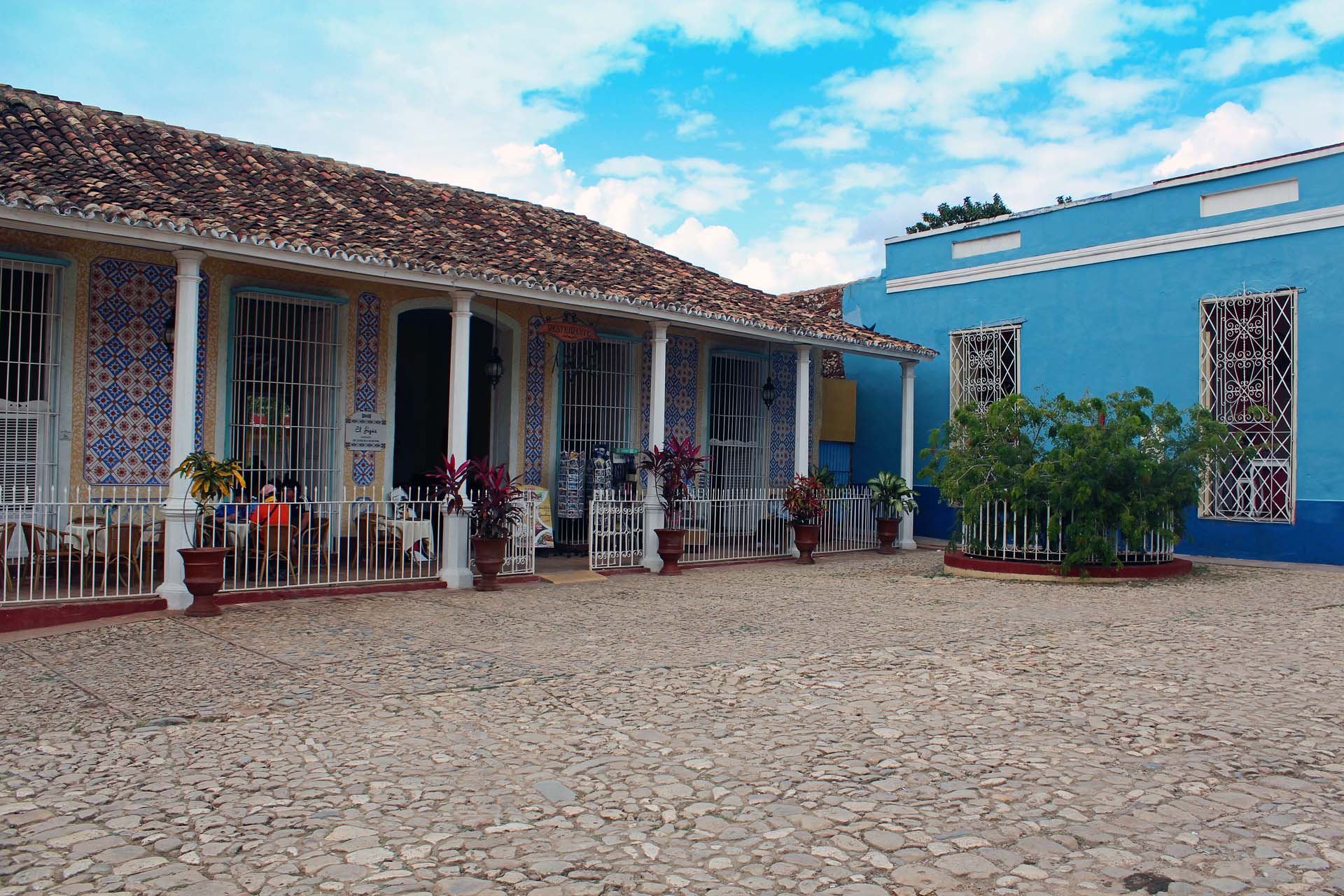 |
| Plazuela del Jigüe (named after the jigüe (acacia tree), under which the fist Mass in Trinidad was celebrated in 1514 by Bartolomé de las Casas. |
Not far from the church
of Saint Francis was a small square, Plazuela del Jigüe (named after the jigüe (acacia tree), under which the
fist Mass in Trinidad was celebrated in 1514 by Bartolomé de las Casas.
Incidentally, this 16th century Spanish Dominican friar & bishop
(1484-1566) spent 50 years of his life actively fighting slavery and the
violent colonial abuse of indigenous peoples.
In a nutshell, Trinidad
is a stunning town, one of the most beautiful in Cuba!
TRIP TO LA BOCA
We also spent several
hours in the village of La Boca—the hop-on-hop-off bus stopped there (unless it
was full—but this time we were able to take it both ways as we left in the
morning and returned mid-afternoon).
We had visited the
village of La Boca 6 years ago, in January, 2010. At that time it had had just a
few casas particulares and few
restaurants; most of the houses had been run down & in very bad conditions.
I remember that after sunset we had not been able to find any restaurant or
taxi and eventually asked a local resident for a ride to the hotel. I had also
taken wonderful photographs of very young four girls standing in a window—and I
hoped to give the photos to them now.
Our first impression of
La Boca—plenty of positive changes! We spotted a lot of new casas particulares and restaurants; most
of houses had improved a great deal, there were numerous ‘construction sites’ all
over the place. When we spoke to one Cuban, he said that because now Cubans
could legally own, buy and sell their houses, they had finally an incentive to
take good care of and invest in their homes. Yeah, capitalism, even in such a
limited form, was evidently working there! We also spoke to a restaurant & casa particular owner—his restaurant,
called “La Barca” (The Boat), in the shape of a boat, was under construction.
He told us that it was a difficult, expensive and time consuming process. We
finally found the house where I had taken the photographs of the four girls in
2010; unfortunately, all of them were in school, so I left the photos with the
father of one of them.
Since nothing lasts
forever, our vacation came to an end, too. The checkout time was at 1:00 p.m.,
so we had packed up everything in advance and went to the beach in the morning
to enjoy the last day of our vacation. We came back to our room at about 12:15
p.m. and when I tried to open the safe (where our passports, money and cameras
were), neither magnetic card worked. I called the reception to report this
issue and was told to come with the card so that it could be reprogrammed. Two
minutes later Catherine called the reception and asked the receptionist to send
somebody over to our room as it was difficult for us to come—she wanted to
shower—besides, it was not our fault, after all. The receptionist insisted on
her coming to the reception—and simply hung up on her, thus forcing Catherine
to take a walk to the lobby and join the lineup of people checking out! It was
still about 20 minutes to 1:00 p.m.—yet we also discovered that now both cards ceased
to open our door as well.
Well, we had the
perfect right to use our room (including the safe) until the checkout time and
it was quite disappointing and nerve wracking that the cards stopped working
BEFORE that time—if anything, they should have had a ‘built-in’ grace period of
at least 30 minutes instead of making our last hours unpleasant and testing.
Incidentally, we had experienced a similar glitch several years ago in the Club
Amigo in Guardalavaca. In any case, after showering we were ready to leave the
room (it was possible to pay about 10 CUC per hour to stay longer), but decided
to remain for as long as possible. Fortunately, nobody came to kick us out and
we were able to enjoy the room for over two hours.
The previous day we had
met two Cuban women in front of the hotel by the parking lot; one was
apparently suffering from some mental health problems. She had kept pestering
us for gifts—we did not have any on us, but told her we would bring something
tomorrow. It was a good idea—when we were packing, there were plenty of things
we did not want to bring back to Canada and we put them in a shopping bag.
Indeed, as promised, she was waiting for us in front of the hotel! Soon we
boarded the bus and headed to the airport.
We said good bye to our
bar cats and the French-Canadian regular visitor who watched over them and
exchanged addresses with our American gentleman, then boarded the big Yutong
bus, filled with Polish/Canadian tourists. We made one bathroom stop on the way
where the villagers and 2 scrawny dogs stood and tried to engage us in buying
fruit—but did not beg.
AIRPORT IN CIENFUEGOS
The Cienfuegos airport was
small, but it had a duty-free store carrying rums, vodkas, cigarettes, cigars
and other articles, so I did all my final shopping there, as I always did in
Cuba. There was also a bar serving beer and other drinks. Two adjacent glass
doors led to the tarmac—“Gate 1” and “Gate 2”. Because our boarding pass did
not specify the gate number, I said kiddingly, “It would be terrible if we took
the wrong gate!” What a difference in comparison with the Toronto Airport,
which probably had a hundred of gates and 2 Terminals. Cuba will need to expand
its infrastructure to accommodate the anticipated Yankee invasion.
On the plane we sat
next to a Cuban man who was going to stay in Toronto for several months. I asked
him how he got his Cuban passport and Canadian visa. He smiled and showed me
his passport—actually, it was Spanish!
Since 2008 Spain has
issued over 100,000 Spanish passports to Cubans under a law that allowed
descendants (children and grandchildren) of those exiled during the Spanish
civil war to reclaim Spanish citizenship. An estimated 1 million Spaniards had emigrated
to Cuba at the beginning of the 20th century, including the father
of former Cuban leader Fidel Castro and Cuban President Raul Castro.
Thus, there were
suddenly plenty of Cubans who were able to not only travel visa-free to the US,
Canada, Europe and Latin America, but could also officially work in many European
countries and legally emigrate to Spain! As a matter of fact, I knew about this
Spanish law—when we had visited Havana for the first time in January, 2009, I had
seen hundreds of people lining up in front of the Spanish embassy. Yes, it was
the Cubans waiting to apply to reclaim their Spanish citizenship! I am curious
if the Castro brothers also qualify to reclaim Spanish citizenship—maybe they have
already taken advantage of this new rule and secretly obtained Spanish
passports, just in case?
Most of the times planes
coming to Toronto from the south do not proceed directly to the Pearson
Airport, but make a wide 180 degree turn over Toronto and then approach the
airport from the north-east. Such turns usually takes place… over Catherine’s
house—whenever we sit in her backyard, we see (and hear!) tens of such circling
planes. This time our plane also made the same maneuver and through the plane’s
window I could see not only Catherine’s neighborhood, but also her house!
We had found out from a
Canadian tourist that it was LEGAL to bring exotic fruits to Canada (as long as
they were not cultivated in Canada), so we brought 5 HUGE avocados (their pits
were almost the size of the avocados sold in stores in Canada!), meticulously
declaring them on the Canadian customs declaration form. Indeed, the customs
officer asked Catherine a perfunctory question about them and let her go
through without any problems.
CONCLUSION
Since we go to Cuba
with a very open mind, overall we enjoyed our stay. Although the hotel’s crude,
concrete architecture was not too appealing, we had been aware beforehand what
kind of establishment we would be going to—and that was why we booked a room at
the Superior Ocean View Section, which was a very good choice. Despite our
generous tipping the hotel staff were NOT as nice, friendly and attentive as
those in the other hotels we had recently visited [namely Colonial Hotel (Cayo
Coco), Hotel Club Amigo Caracol (Santa Lucia) or Club Amigo Atlantico
(Guardalavaca)], but they were still adequate. The food was OK, the room was clean
(with plenty of hot water!) and we could count on catching the bus to
Trinidad—visiting this charming town was the highlight of this trip and the
main reason staying in this particular hotel.
Would I go to this
hotel again? If the price were right, maybe I would consider staying there and
treating it as a main base to explore Trinidad and other attractions in the
area. However, if I were planning on spending more time on the beach and around
the hotel, I would rather pay more and pick the adjoining Brisas as I liked its
Spanish, colonial-inspired design. Nevertheless, I had, as always, a great time
in Cuba and I am looking forward to another trip in November or December!
More photos from this trip: https://www.flickr.com/photos/jack_1962/albums/72157675925522735
Blog in Polish/blog po polsku: http://ontario-nature-polish.blogspot.ca/2016/10/playa-ancon-kubatydzien-w-hotelu-ancon.html
https://www.flickr.com/photos/jack_1962/albums/72157623356240051
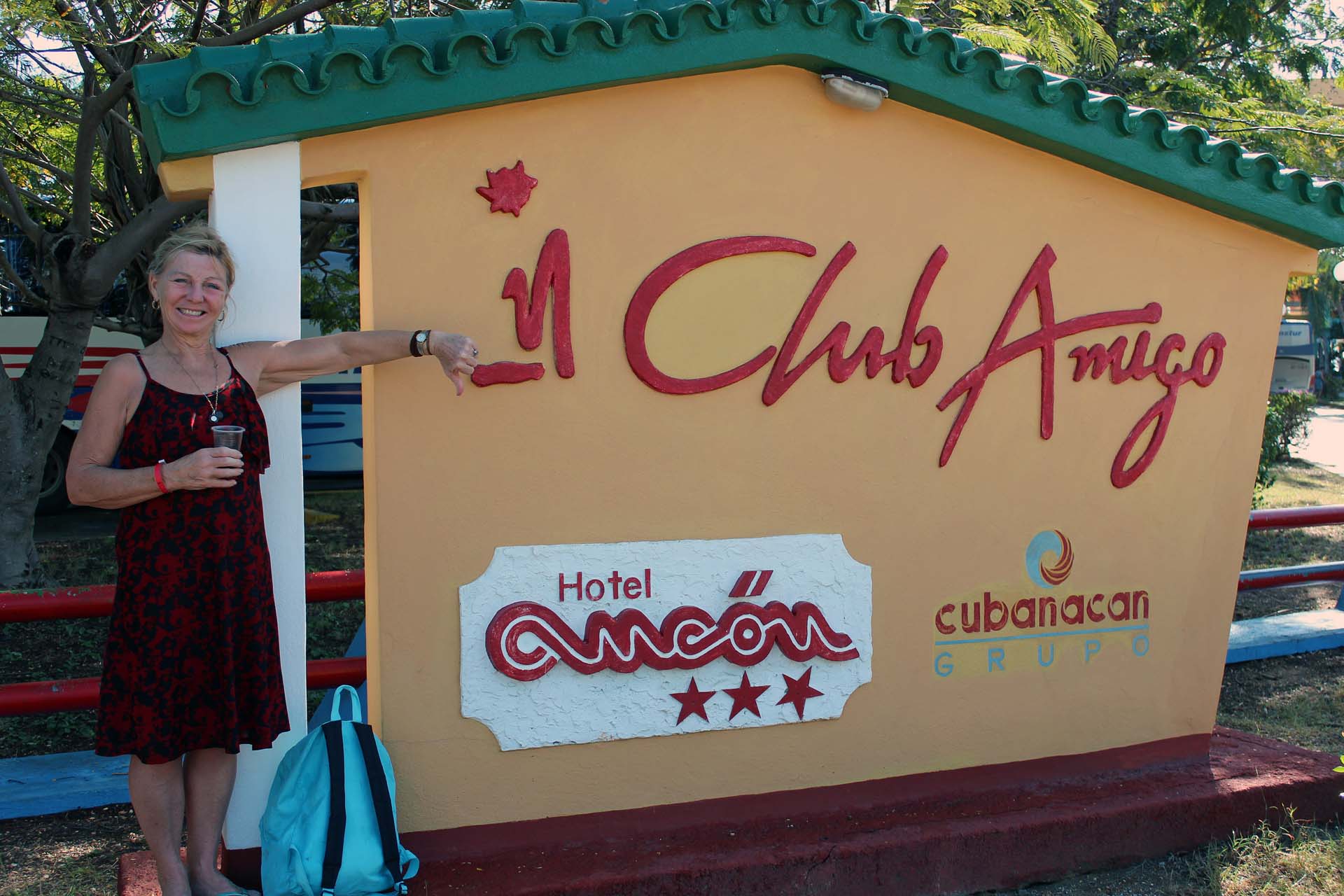



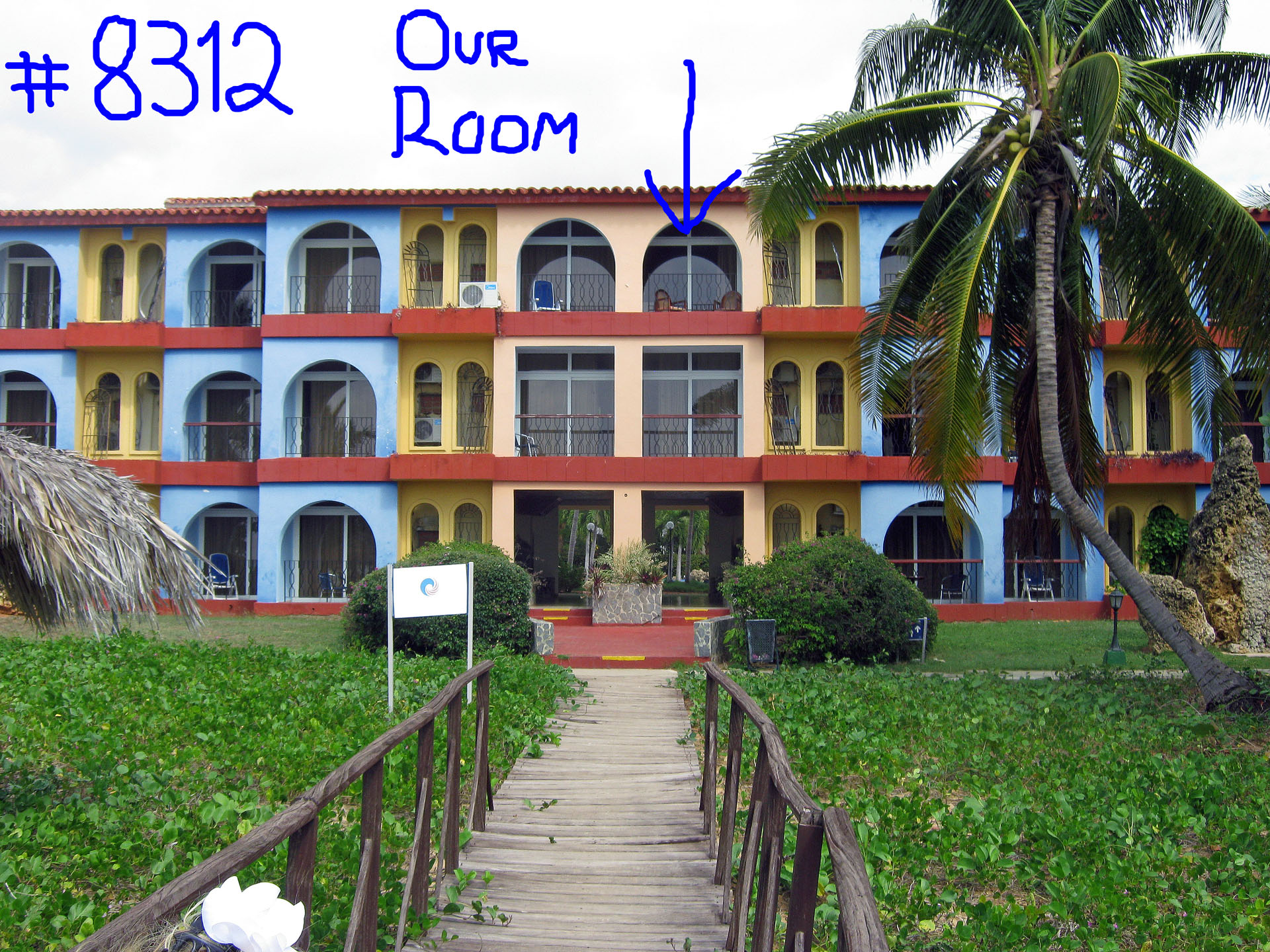
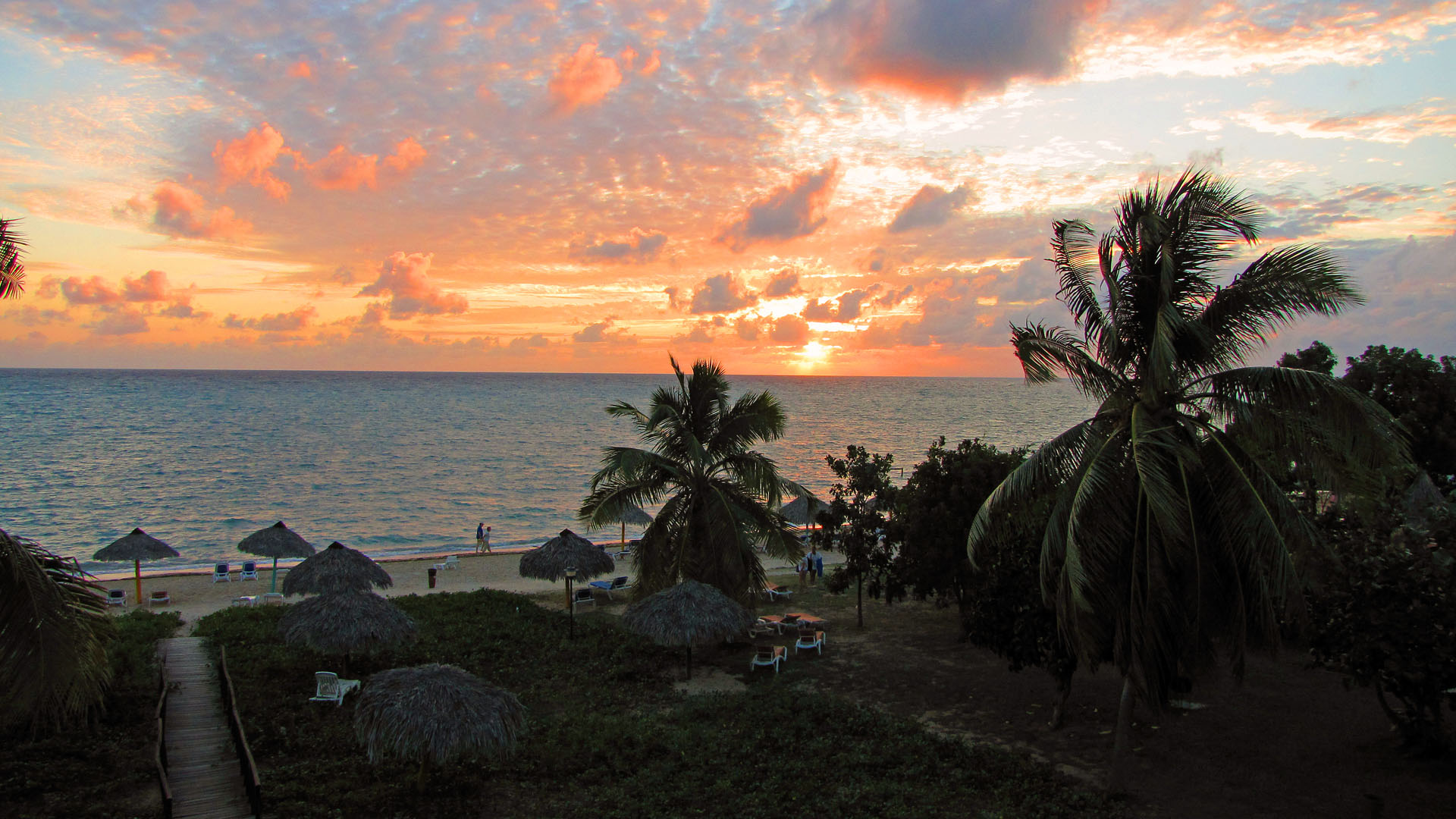

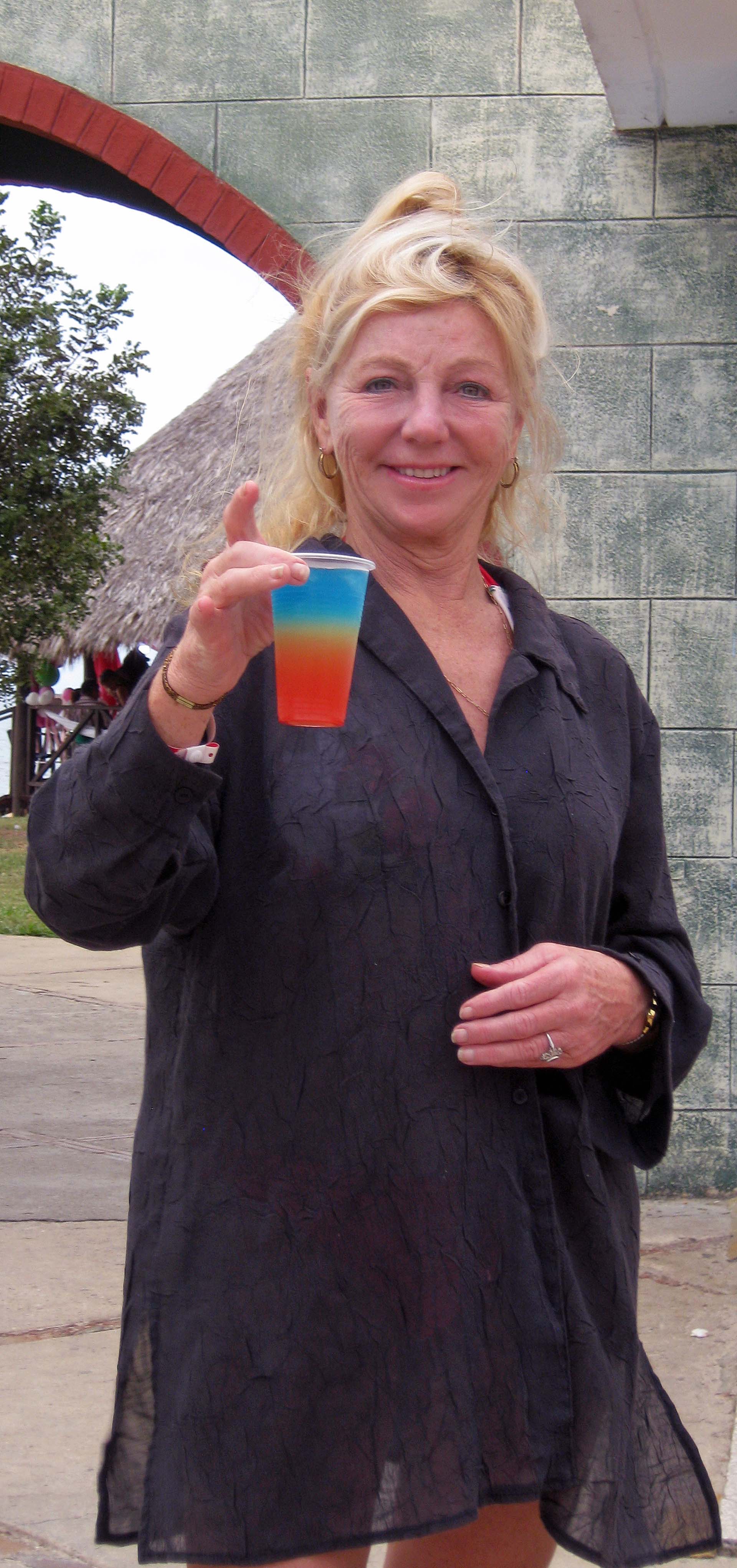
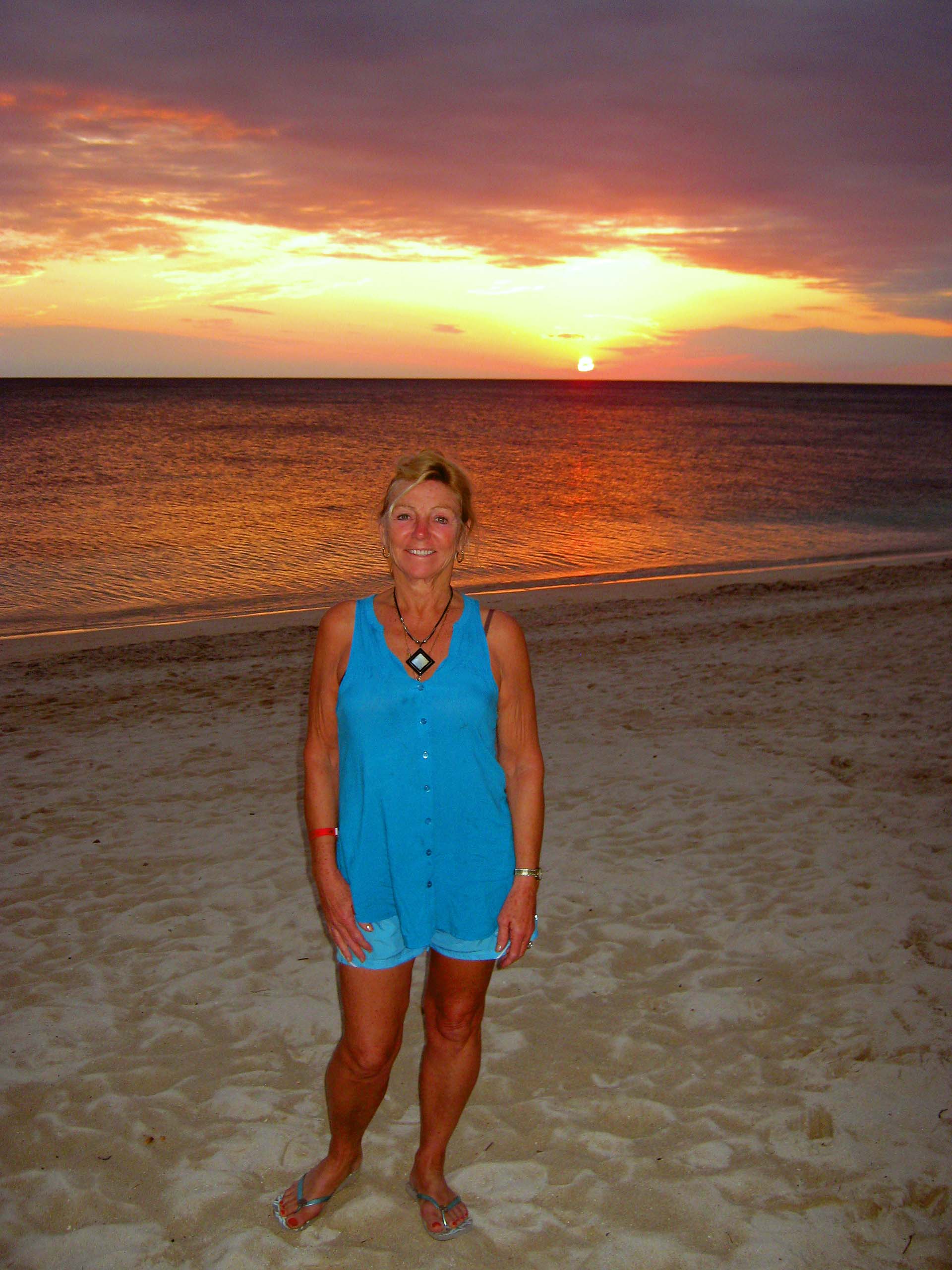

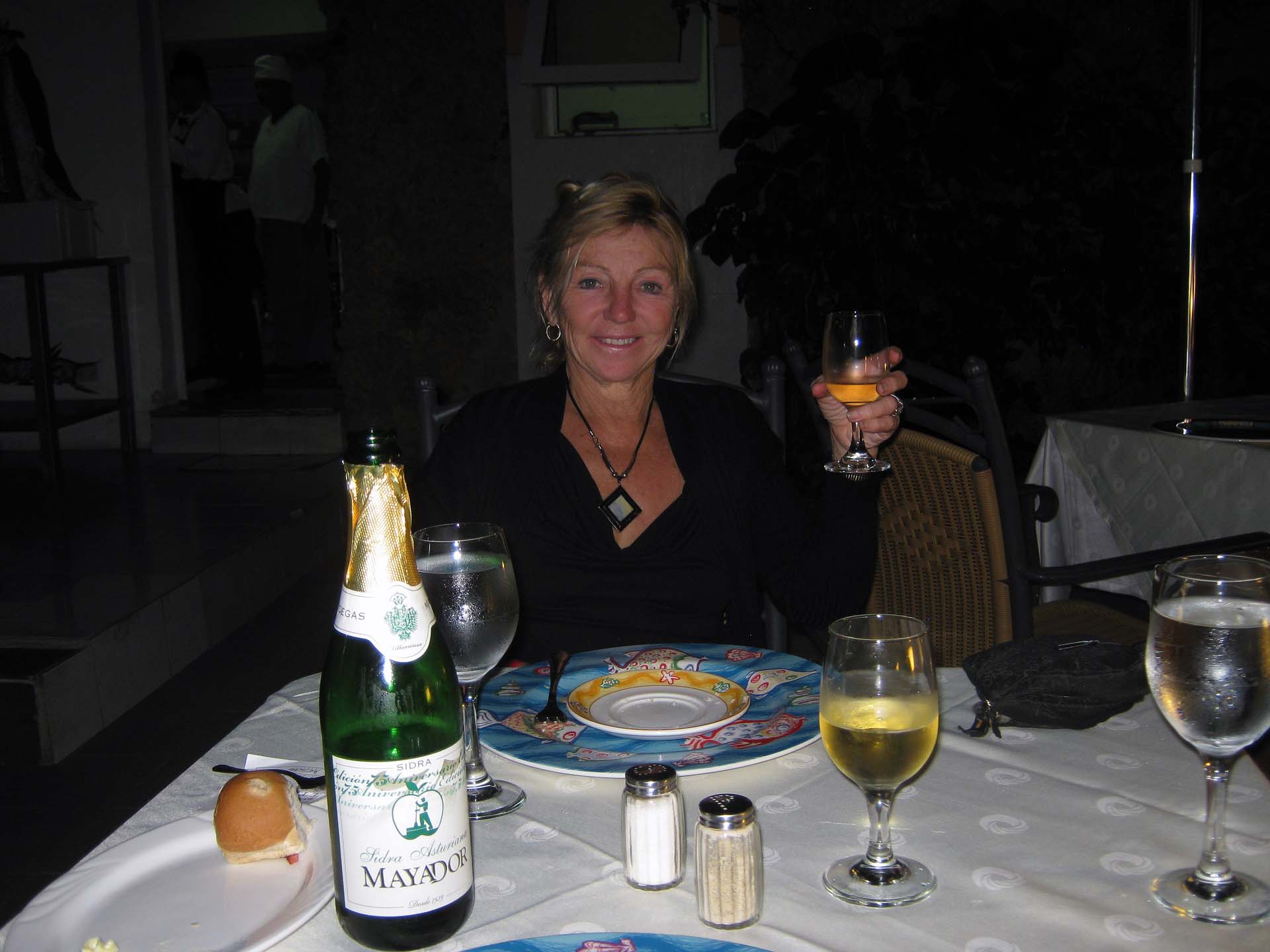
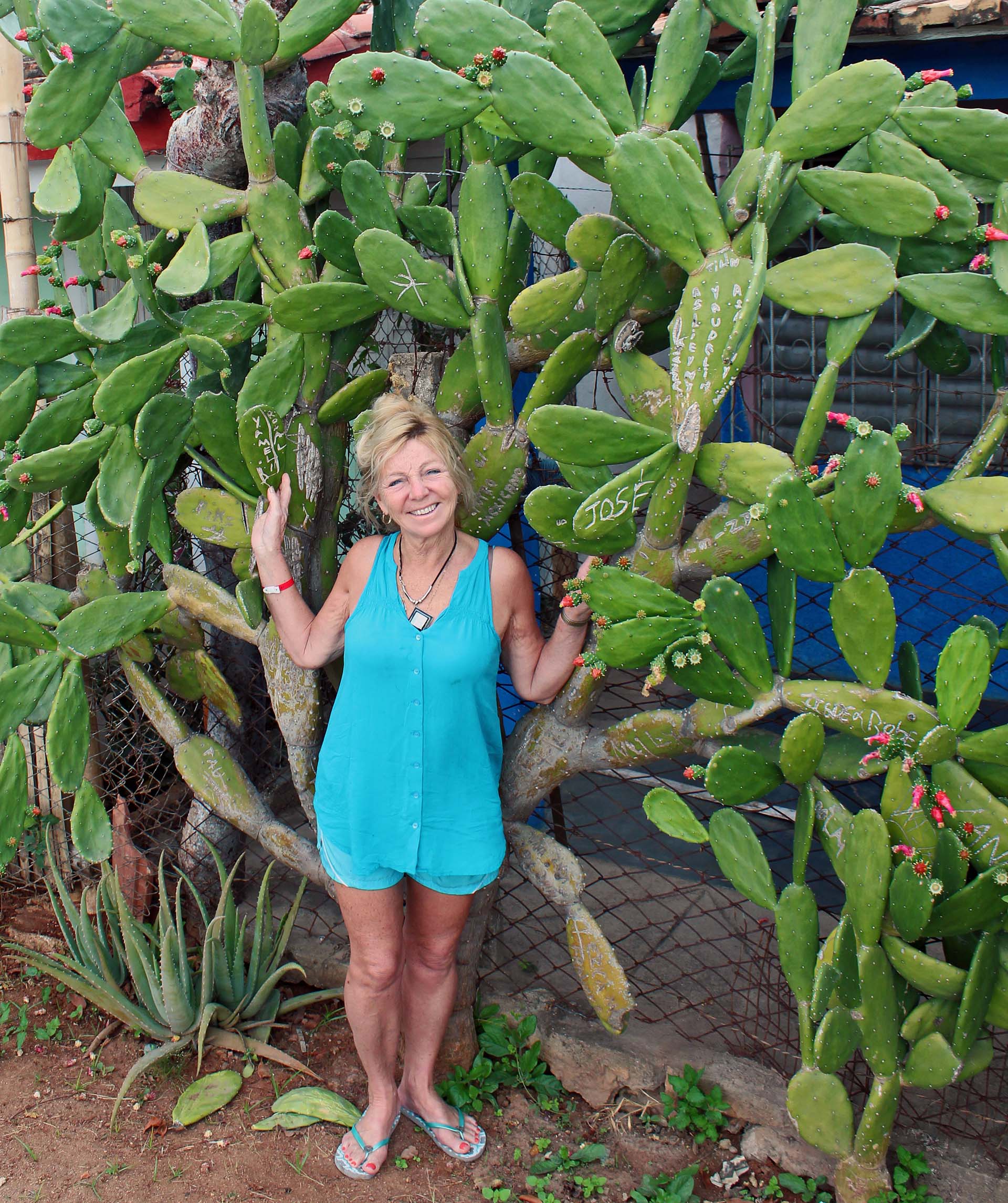
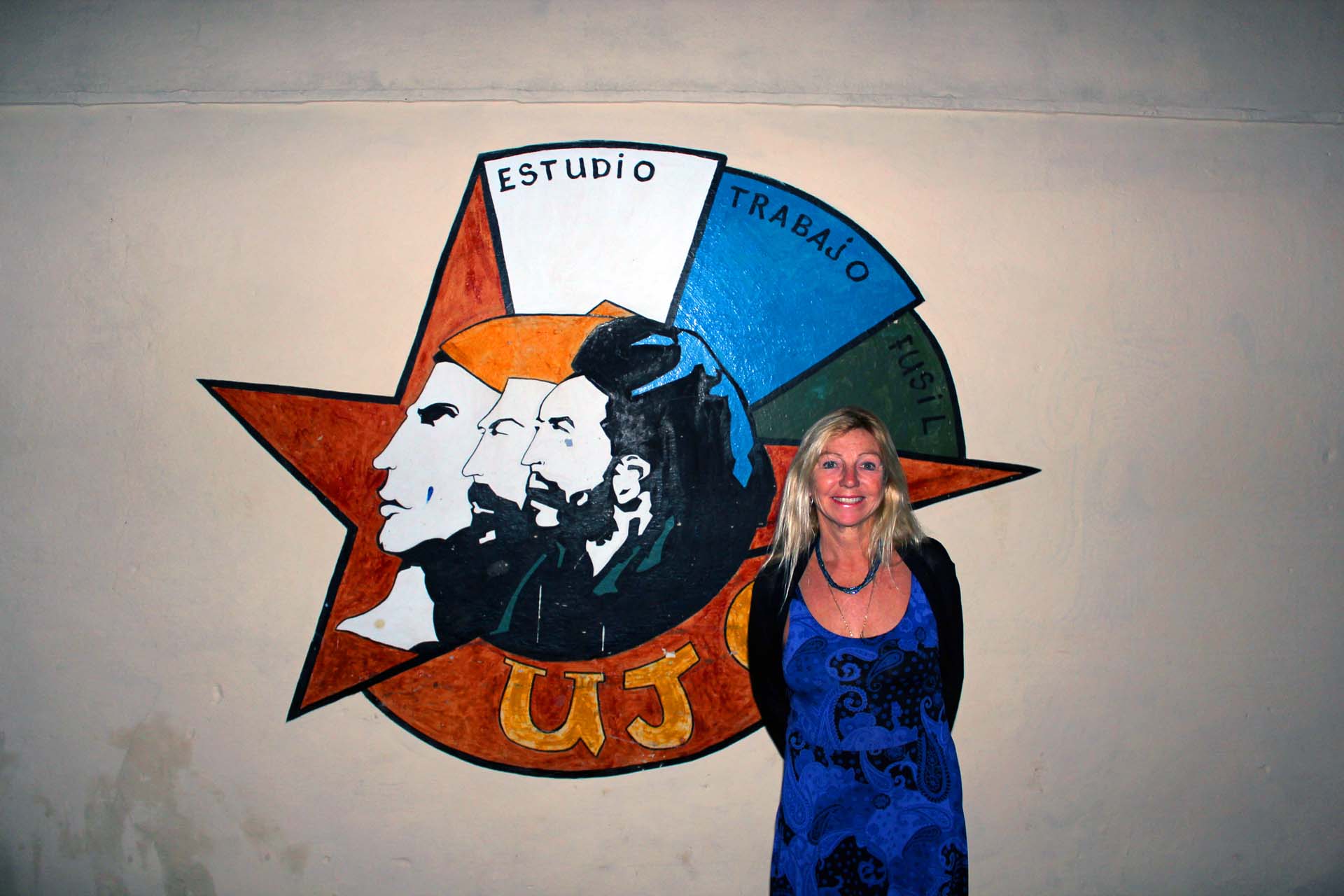
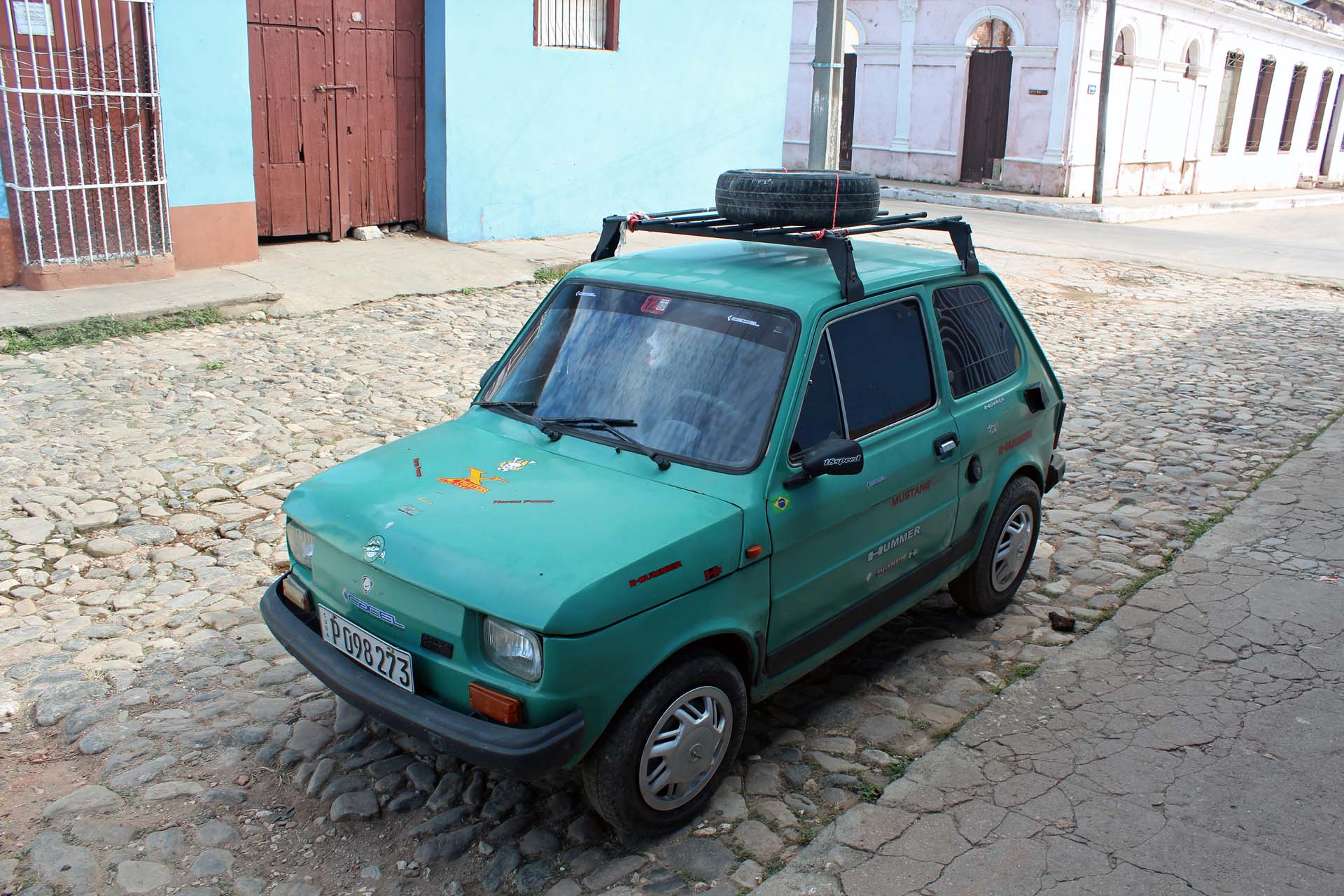
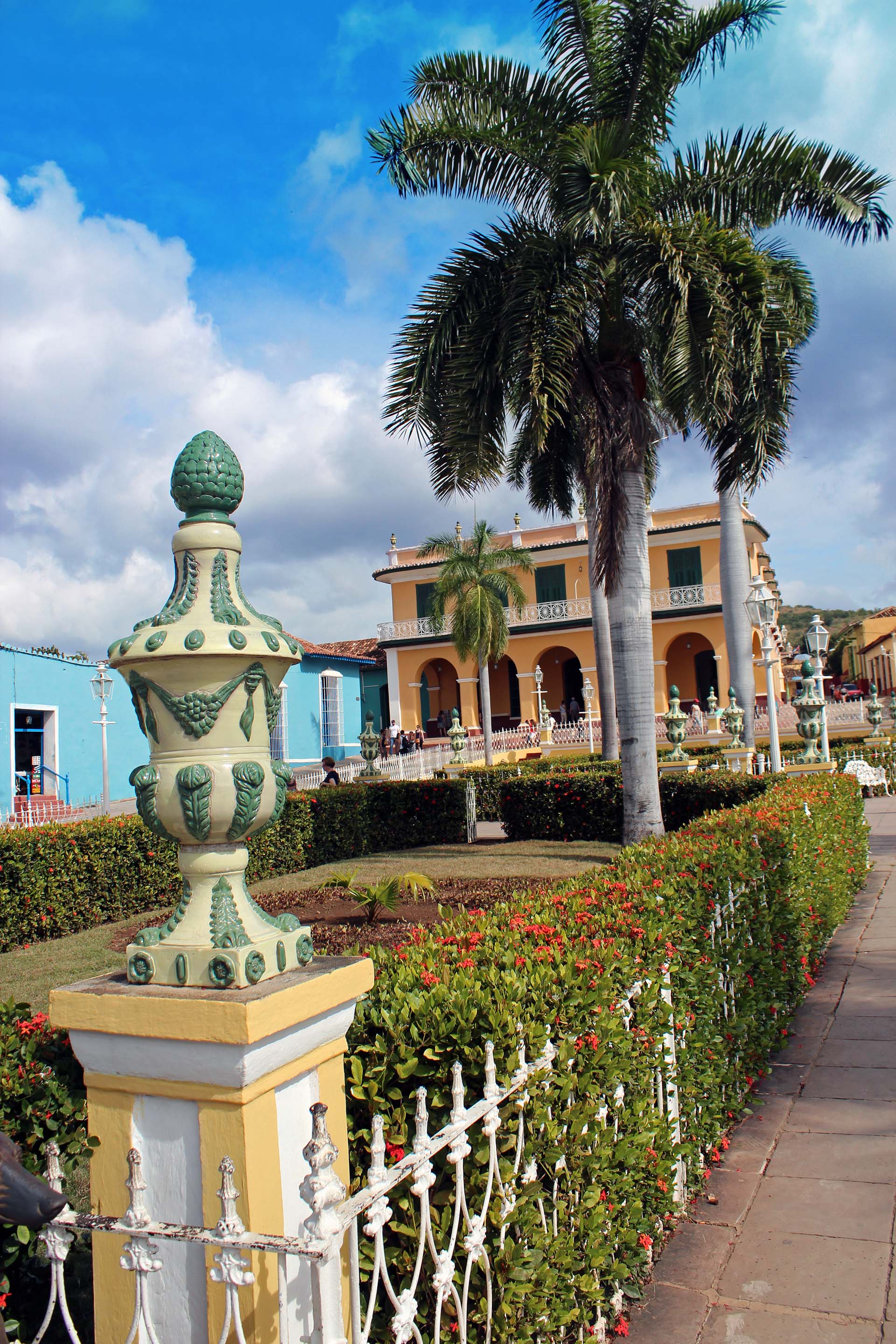




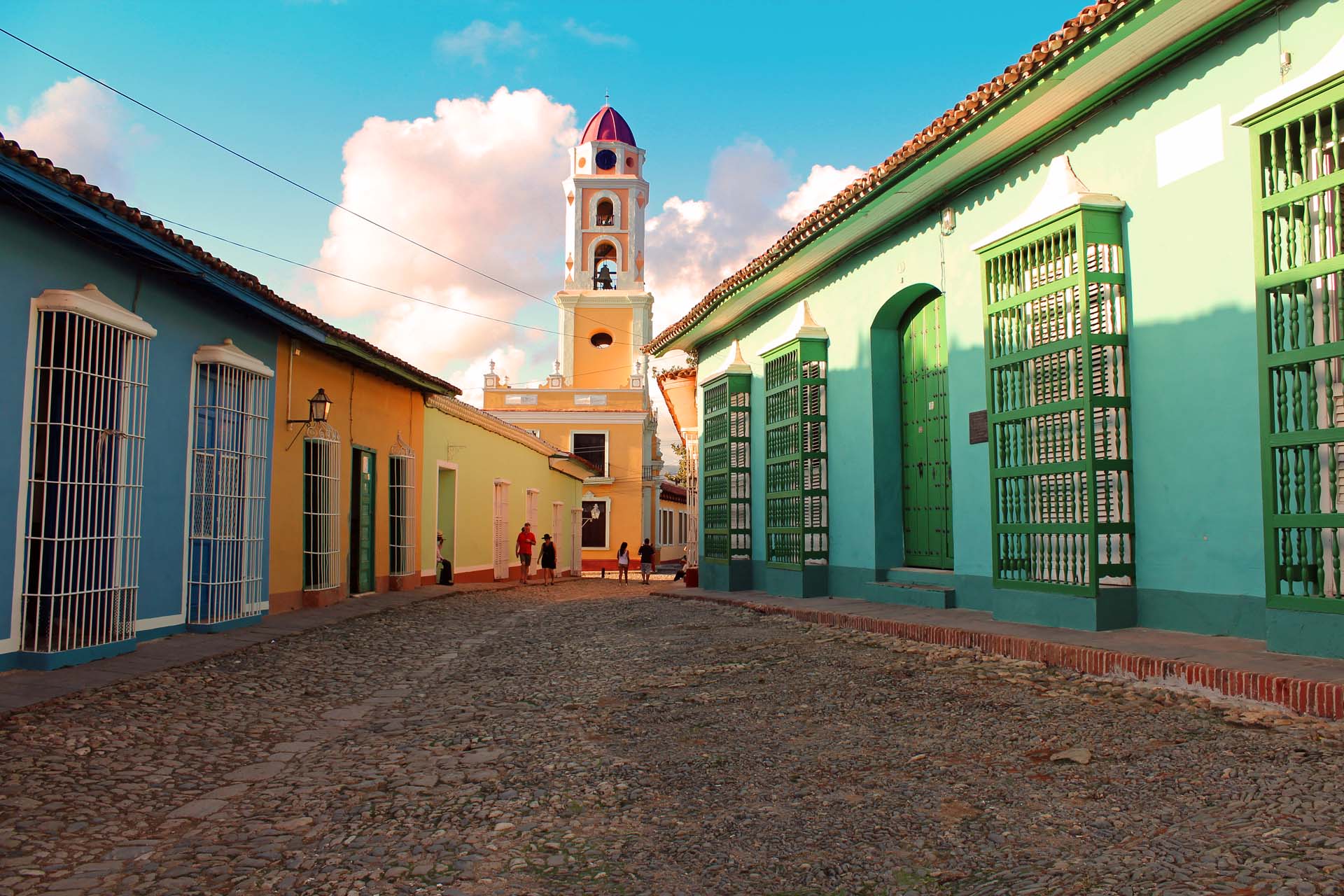

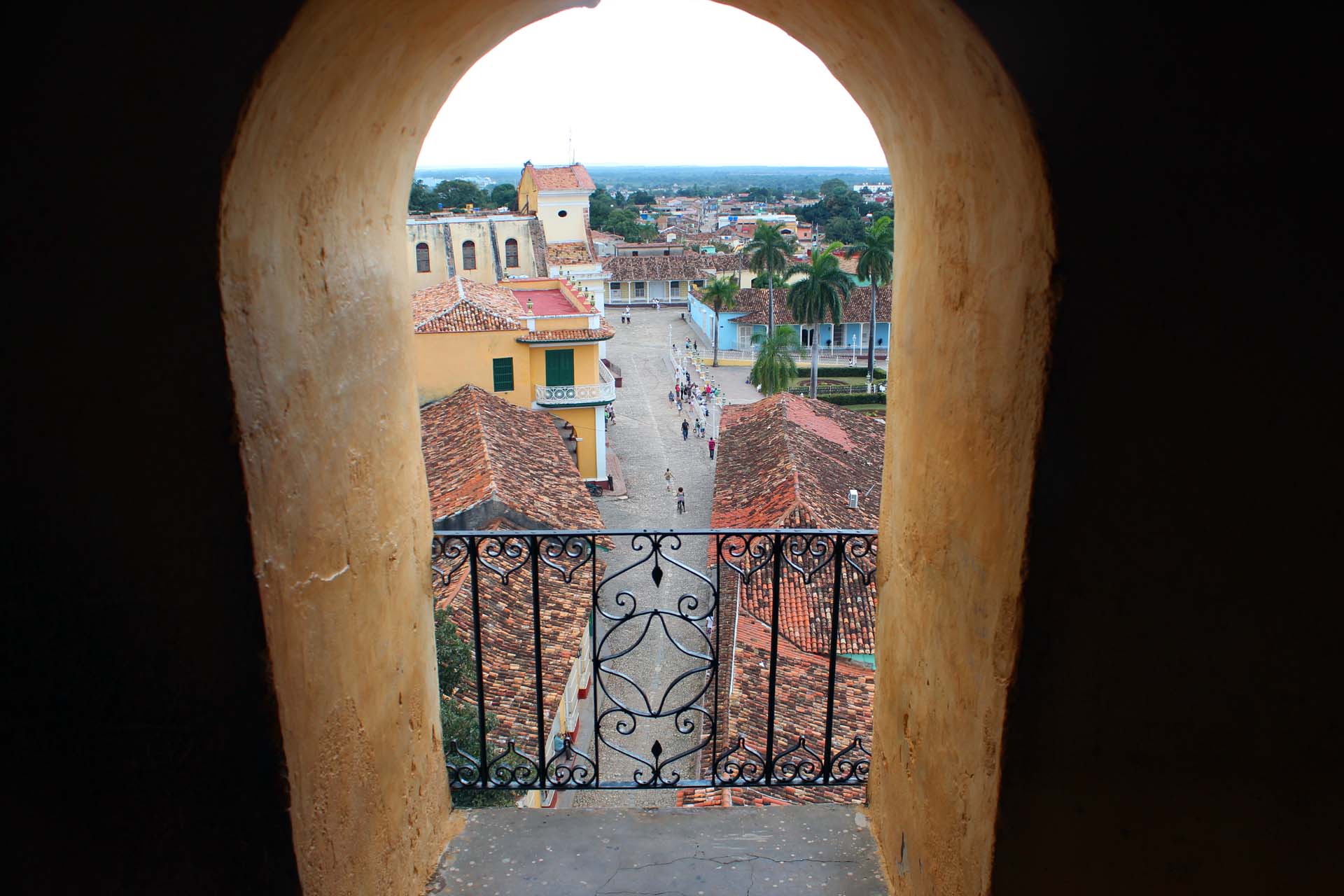
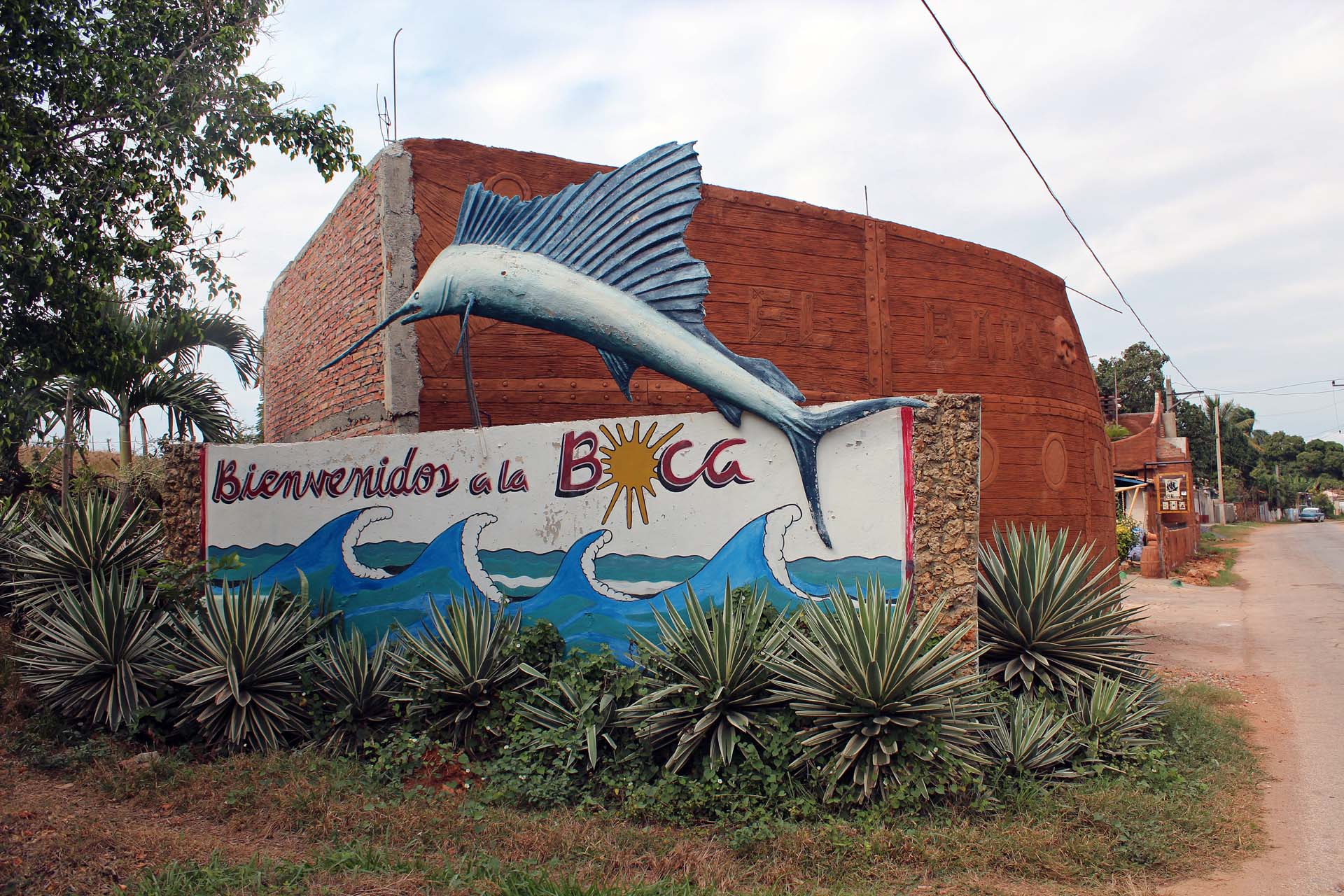

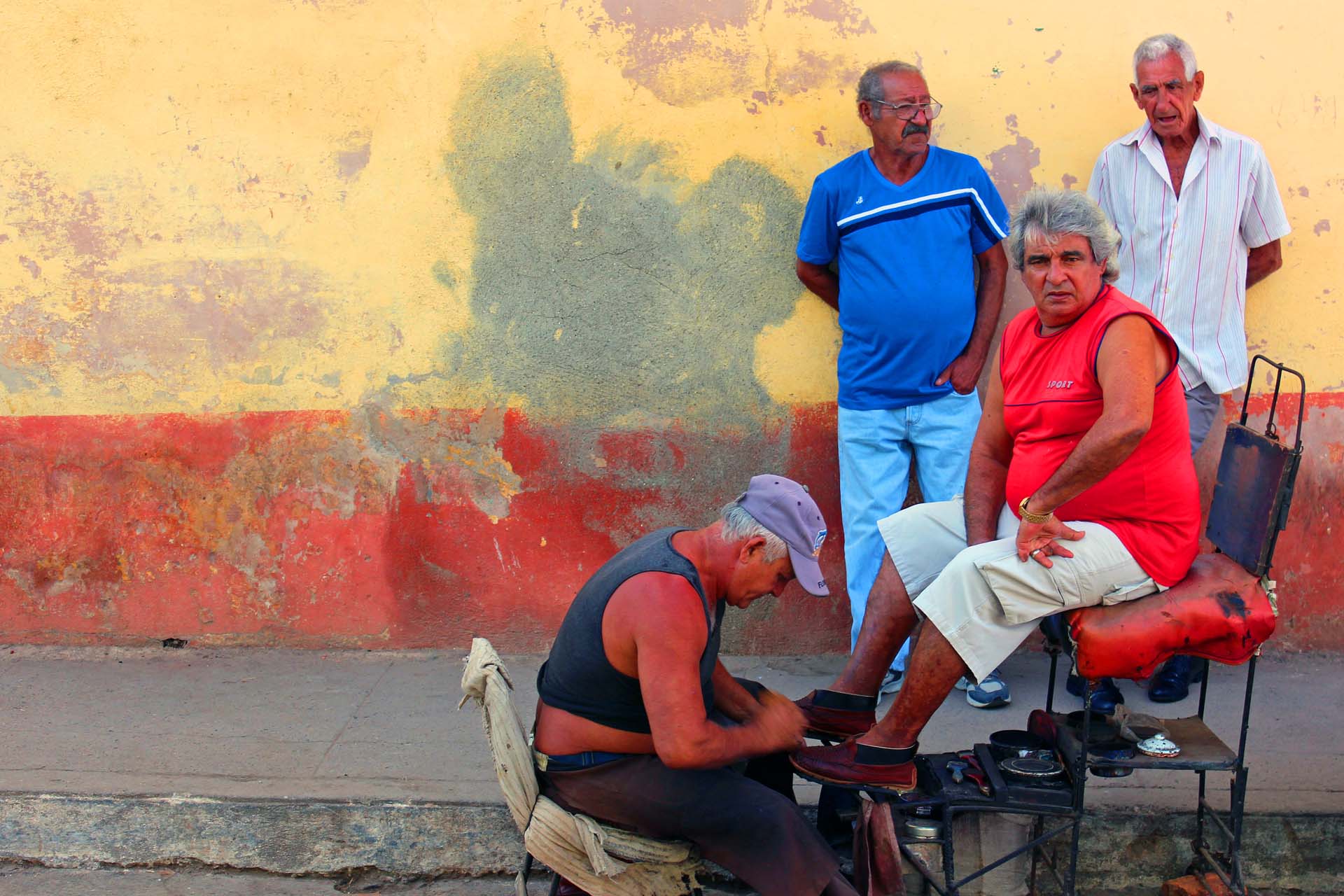


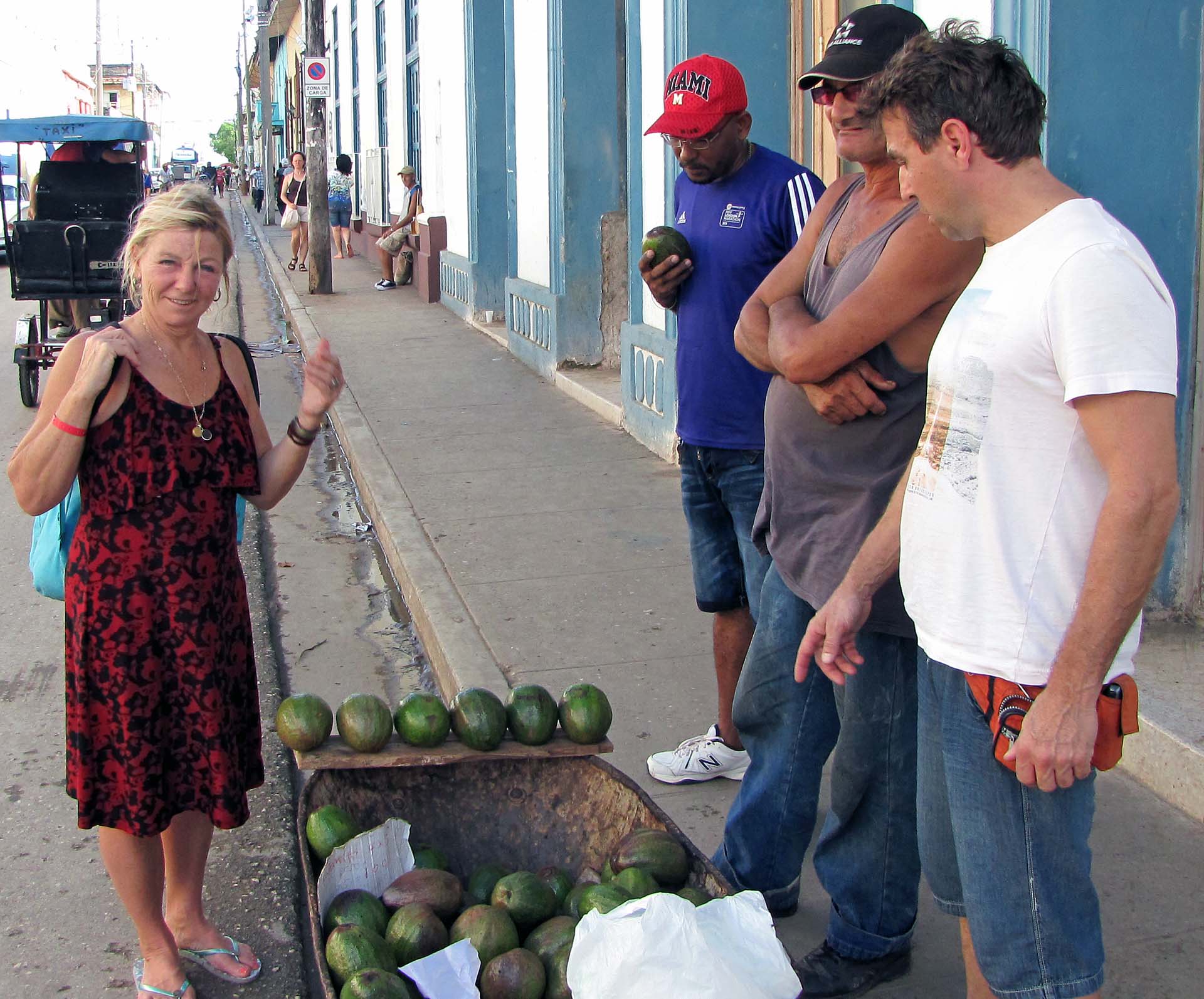

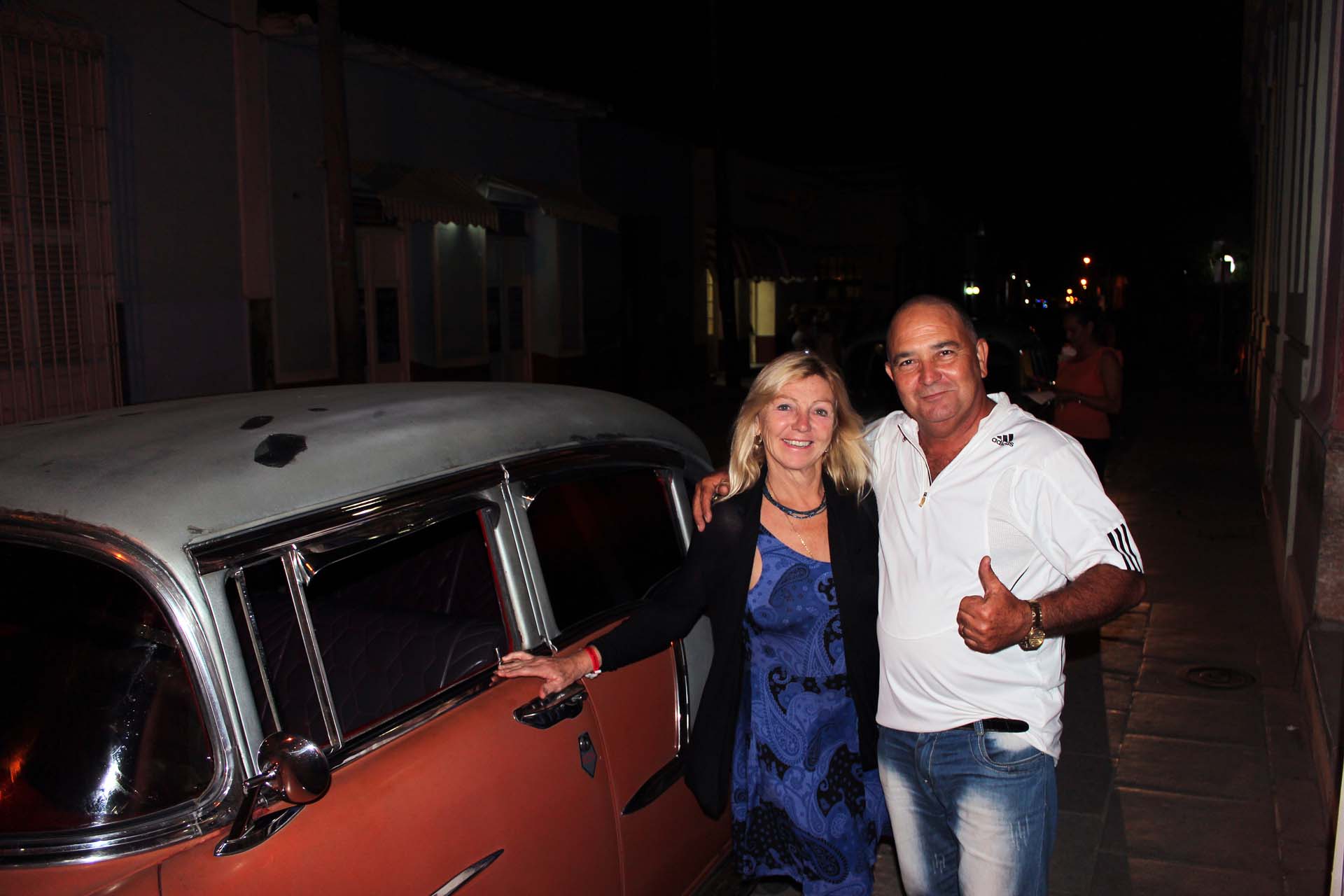
No comments:
Post a Comment